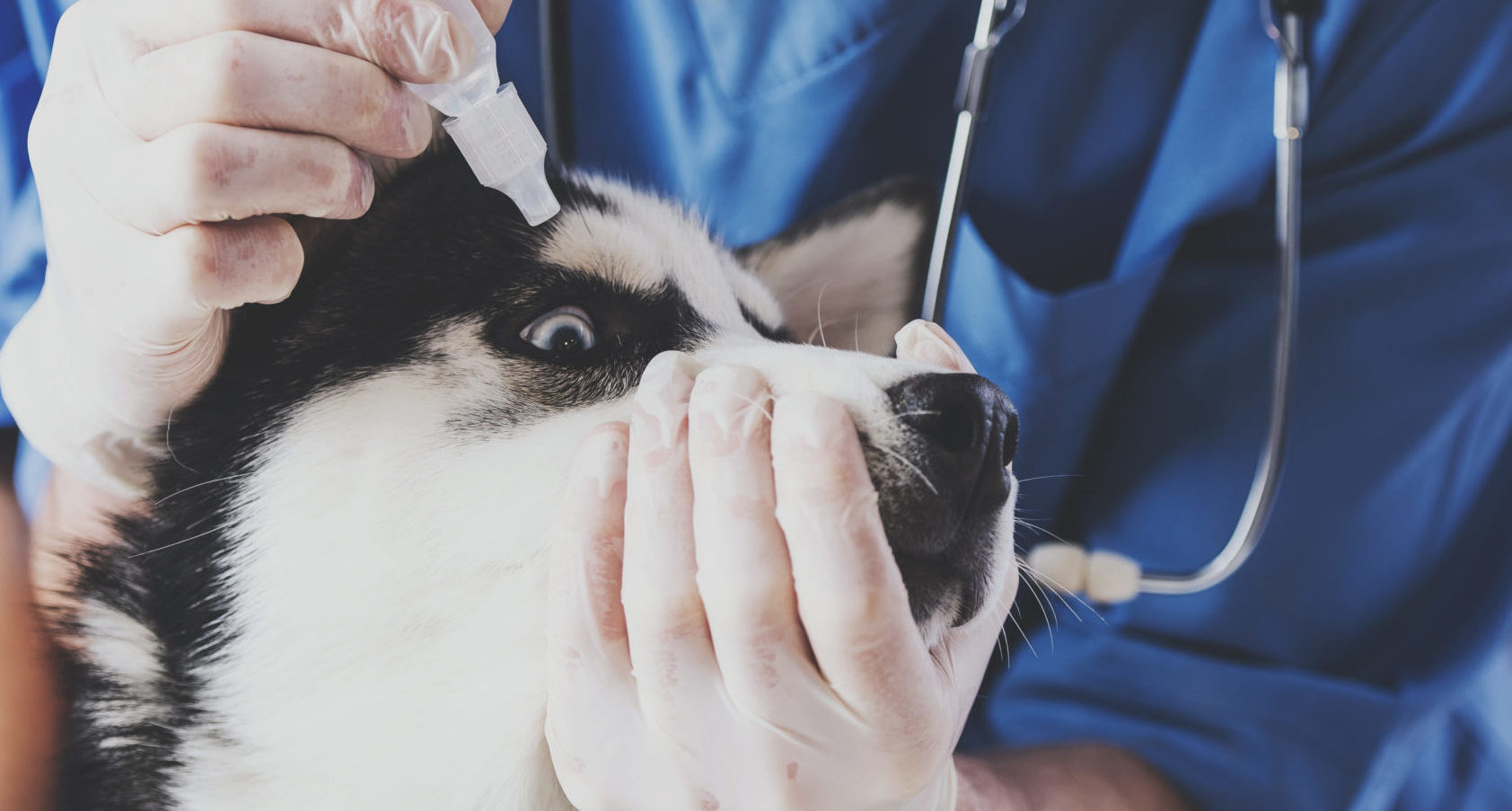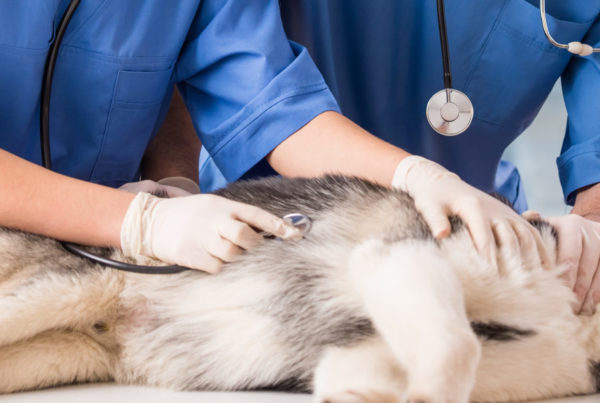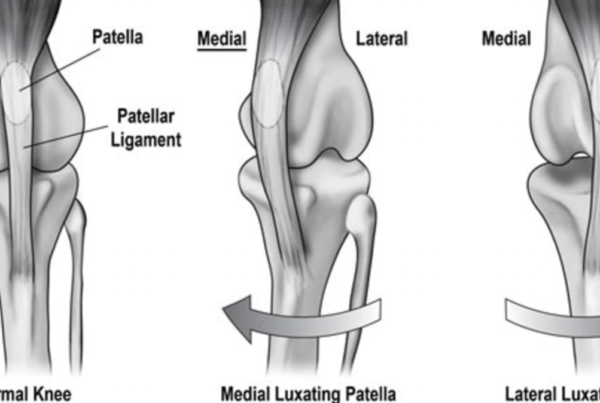OVERVIEW
The eyes of animals, including dogs’ eyes, function much like yours. Animals also develop many of the same eye problems that people can have, including cataracts, glaucoma, and other problems. It is important for your dog to receive good eye care to protect its sight and allow it to interact comfortably with its environment.
The eye is an active organ that constantly adjusts the amount of light it lets in and focuses on objects near and far. It produces continuous images that are quickly relayed to the brain.
Because of the importance of sight to your dog, one of the critical aspects of any examination or checkup will be an examination of your pet’s eyes. Be prepared to provide any background or medical history (such as any previous injury to the eye, history of treatments or medications used, any signs of visual problems, and vaccination history) that might help with the diagnosis of any eye problem.
The purpose of the OFA Companion Animal Eye Registry (CAER) is to provide breeders with information regarding canine eye diseases so that they may make informed breeding decisions in an effort to produce healthier dogs. CAER certifications will be performed by board certified (ACVO) veterinary ophthalmologists. Regardless of whether owners submit their CAER exam forms to the OFA for “certification,” all CAER exam data is collected for aggregate statistical purposes to provide information on trends in eye disease and breed susceptibility. Clinicians and students of ophthalmology as well as interested breed clubs, individual breeders and owners of specific breeds will find this useful.
EYE DISEASE GENETICS
Genetic diseases are those that are passed on from parent to offspring through genes that carry the codes for each specific trait. Many of the diseases and disorders that affect the eyes have genetic factors.
How do we identify an inherited eye disease?
Although there are noteworthy exceptions, most of the ocular diseases of dogs presumed to be hereditary have not been adequately documented. Genetic studies require examination of large numbers of related animals in order to characterize the disorder (age of onset, characteristic appearance, rate of progression) and to define the mode of inheritance (recessive, dominant). In a clinical situation, related animals are frequently not available for examination once a disorder suspected as inherited is identified in an individual dog. Maintaining a number of dogs for controlled breeding trials through several generations is a long and costly process. Both of these obstacles are compounded by the fact that many ocular conditions do not develop until later in life. Until the genetic basis of an ocular disorder is defined in a peer-reviewed published report, we rely on what statistical information is available from registry organizations, informed opinions and consensus from ACVO diplomates. We must satisfy ourselves with terms like “presumed inherited” and “suspected to be inherited.” Several companies provide information on genetic testing and greatly assist in providing more information and data to aid in defining the canine genetics of ocular diseases.
There are eye diseases in the dog for which there is evidence of a genetic or heritable cause. The American College of Veterinary Ophthalmologists has listed ten of these diseases as automatic “fails” (this means the affected dog is ineligible to receive an eye certification) because of the significance of the condition to vision and/or the very strong evidence of heritability.
Portions of the material above have been reprinted with permission of the American College of Veterinary Ophthalmologists from the publication “Ocular Conditions Presumed to be Inherited in Purebred Dogs”, 5th Edition, 2010, produced by the Genetics Committee of the American College of Veterinary Ophthalmologists, © American College of Veterinary Ophthalmologists.
EYE EXAM:
- Find a board certified veterinary ophthalmologists.
- You can visit the American College of Veterinary Ophthalmologists website at www.ACVO.org to find a board certified Ophthalmologist in your area.
- The exam is performed 30 to 40 minutes after pupil-dilating drops are placed in the eyes. The Eye Certification exam consists of indirect ophthalmoscopy and slit lamp biomicroscopy. It is not a comprehensive ocular health examination, but rather an eye screening exam.
- In order to publish the preliminary results:
- Certification is valid for 12 months from the date of the eye exam. Annual re-examination is recommended. (Note: There is no age limit to when a puppy can be tested, although their eyes must be open.)
- The dog must be permanently identified via microchip or tattoo
- Note:
- Eye Certification exams do not entail measuring tear production, staining the eyes for the presence of corneal ulcers, or measuring intraocular pressures. Gonioscopy, tonometry, Schirmer tear test, electroretinography, and ultrasonography are not routinely performed; thus, dogs with goniodysgenesis, glaucoma, keratoconjunctivitis sicca, early lens luxation/subluxation or some early cases of progressive retinal atrophy might not be detected without further testing.
- If a serious ocular health problem (such as glaucoma) is suspected during the Eye Certification exam, the examiner will recommend a more comprehensive ocular examination. The diagnoses obtained during an OFA Companion Animal Eye Registry exam refer only to the observable phenotype (clinical appearance) of an animal. Thus it is possible for a clinically normal animal to be a carrier (abnormal genotype) of genetic abnormalities.
All quotations taken from:
Merck Vet Manual
OFA Website: Eye Certification






